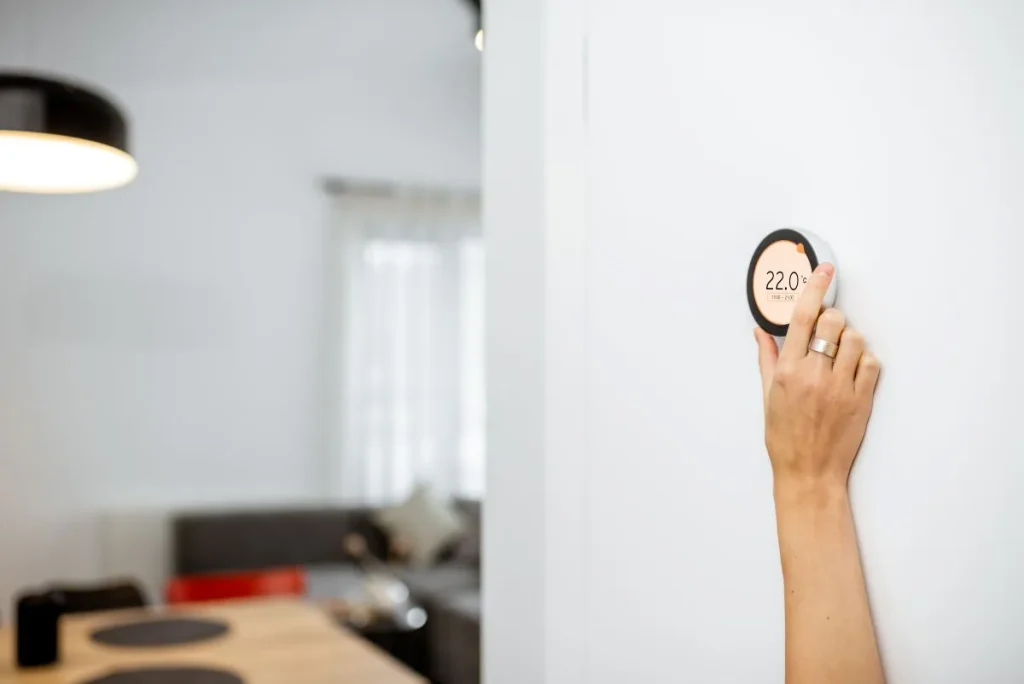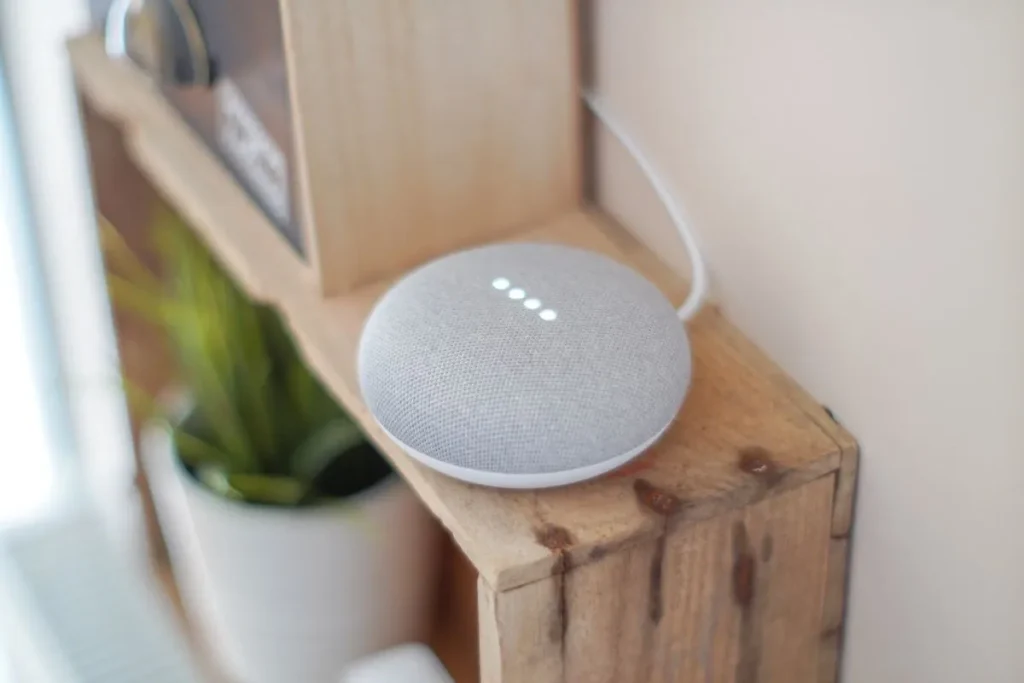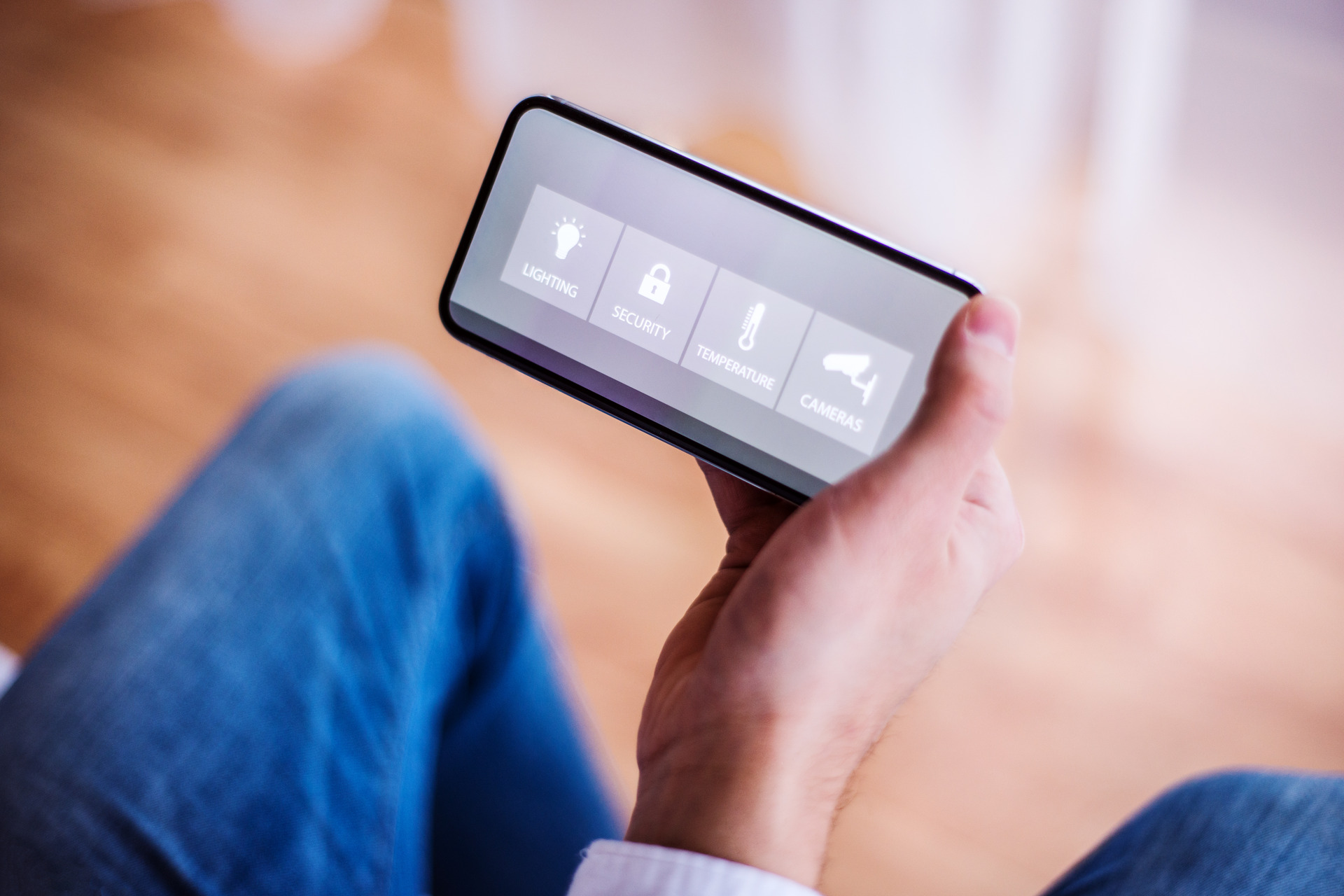Advancements in technology have provided many benefits to humans. One of these benefits is the convenience of automating processes that would be otherwise laborious. The extent of the potential of automation via technology is arguably endless, and one of the products of innovations in this aspect is a smart home equipped with smart home technology. If you are interested in turning your “normal” home into a smart home, then this blog may be useful to you.
What is a smart home?
Having general knowledge of what a smart home is may be useful in guiding you with discerning what kind of conveniences you want in your home that a smart home can provide. A smart home is essentially a home where there exists a network that links the activation and functioning of home appliances and devices to Wi-Fi or Bluetooth connection.
The existence of this connection allows all these technology to become automated and controlled through a remote or application in your phone or desktop. Given this setup, devices that can be controlled via home automation technology can be considered as smart home devices.
Smart home devices you can consider installing in a smart home
Smart speakers
It may be a universal activity for people to play music in the background while they’re doing work, mundane tasks, chores, or if they’re simply relaxing in their home. Instead of having to rely on the sound system of your phone or desktop, you can instead invest in the quality sounds provided by smart speakers whose functioning is connected to your virtual assistant.
If, let’s say, you have your hands full doing a particular task and you would like to change the song, podcast, or volume of whatever is being played in the background, you could simply speak the right commands and the smart speakers will adjust to your preferences.
Smart TV and smart displays
Whether you use your TV to watch cable television or to view livestreaming sites, there exists automated technology for TV’s and displays as well. One main benefit that is said to be offered by smart TV’s is the lack of numerous cables. Apart from potential features of controlling your smart TV and displays using voice activation, the installation of smart TV and displays is a step further into turning your home into a smart home.
Smart lights
It is understandable to immediately make the conclusion that smart lights from smart home technology may be unnecessary for your house. After all, a simple flip of the switch between “on” and “off” seems undeniably simpler than the many features offered by smart lights from smart home technology. However, the pros of smart lights in a smart home are exactly these various offered features.
Smart lights give you creative control over the lights installed in the smart home, and how you go about this kind of control can greatly impact the aesthetic of the house and lot for sale. You can adjust the brightness of the lights to your liking or even choose from different colors for the lights to display. And all of these options could be available for the smart lights that you install in each room of your house.
Smart locks
A main concern that people have when it comes to considering the habitability of a home is the safety and security of a house. After all, being able to sleep and being away from your house with assurance that your home is secure is a valid standard to seek. Hence, smart locks were invented as a way to innovate the improvement of home security.
Smart locks of different brands are either controlled via Wi-Fi or Bluetooth, of which a good number of them have no need for physical keys in order to be activated. Furthermore, some smart locks offer the feature of providing a temporary access key that you could give to guests that you are anticipating to visit your house in the event that you are not yet physically present in your home.
Smart thermostat

A significant contributor to house expenses is the consumption of appliances and devices from your home’s HVAC system. It can be said that your usage of your HVAC system may be correlated with the weather in the area that your home is located in. For example, cold seasons may cause you to use the heater a lot more, while hot seasons may cause you to frequently use your air conditioning units.
Apart from convenience, you may greatly influence your consumption of electricity via your HVAC system by including it as part of home automation technology. If you were to do this, you would have to place temperature sensors on certain areas of your house, upon which a smart thermostat would be able to make the necessary adjustments to use the HVAC system to achieve a temperature that is based on your preferences.
Smart plugs
Home automation is not just restricted to appliances and devices since smart plugs exist as well. Through the smart plug, you will be given control to the flow of electricity coming into your devices and appliances. The main benefit from smart plugs is its feature of allowing you to turn off or on the devices connected to the smart plug, even with just your voice. Furthermore, you can configure some smart plugs to a schedule for your energy-saving preferences, such as for cases wherein you prefer your air conditioning or lights to be turned on for specific times of the day only.
Virtual assistant

Having smart home devices installed throughout your home will require you to have a way to control the configurations and settings of these smart technology. One way to further home automation to a higher level is to install a virtual assistant.
Virtual assistants that you can choose from, that you may be familiar with, are the Google Home and Amazon Alexa virtual assistants. Through a virtual assistant, you can simply speak your command and upon detection by your virtual assistant, adjustments in the smart technology installed in your house will adjust to your personal preferences.
Read more: A Sustainable Home is a Smart Home


